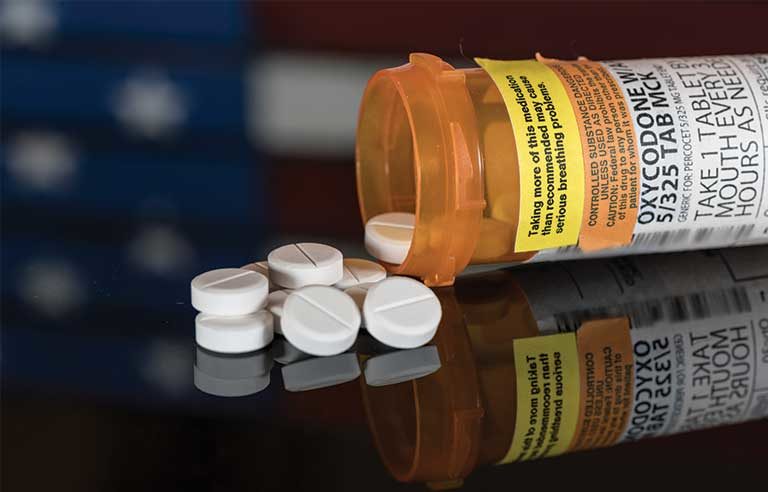Opioid Action Plan aimed at curbing misuse among federal employees

Washington — The Department of Labor Office of Workers’ Compensation Programs has unveiled a four-point Opioid Action Plan intended to help combat opioid misuse among injured federal employees.
The strategic plan, developed by the office’s Division of Federal Employees’ Compensation, entails:
- Effective controls: Institute broad general controls to establish boundaries, then establish targeted controls to address the multifaceted nature of the opioid crisis.
- Tailored treatment: Apply a compassionate, individualized treatment approach to every injured federal worker receiving opioids, noting the unique medical needs of each.
- Impactful communications: Issue communications using both general and targeted messaging, including those covering required actions or possible treatment solutions.
- Aggressive fraud detection: Eliminate fraud and abuse in the federal workers’ compensation system by analyzing “problematic prescriptions involving high volume and/or high dose levels and anomalous billing patterns.”
Operating under the Federal Employees’ Compensation Act program, DFEC in June 2017 enacted a prior authorization standard requiring any physician prescribing a compounded opioid medication to submit a Letter of Medical Necessity. Letters should state that the physician has considered alternative treatment options and will sufficiently monitor the patient’s opioid use.
At the time, OWCP stated additional plans to extend within the next year prior authorization protocol to individuals seeking to fill new opioid prescriptions.
According to a National Safety Council survey, employee misuse of prescription drugs directly affects 7 in 10 employers. Additionally, more than 42,000 Americans died from opioid-related overdoses in 2016, the Centers for Disease Control and Prevention states. Preliminary agency estimates show that figure climbed to nearly 48,000 in 2017.
Post a comment to this article
Safety+Health welcomes comments that promote respectful dialogue. Please stay on topic. Comments that contain personal attacks, profanity or abusive language – or those aggressively promoting products or services – will be removed. We reserve the right to determine which comments violate our comment policy. (Anonymous comments are welcome; merely skip the “name” field in the comment box. An email address is required but will not be included with your comment.)

